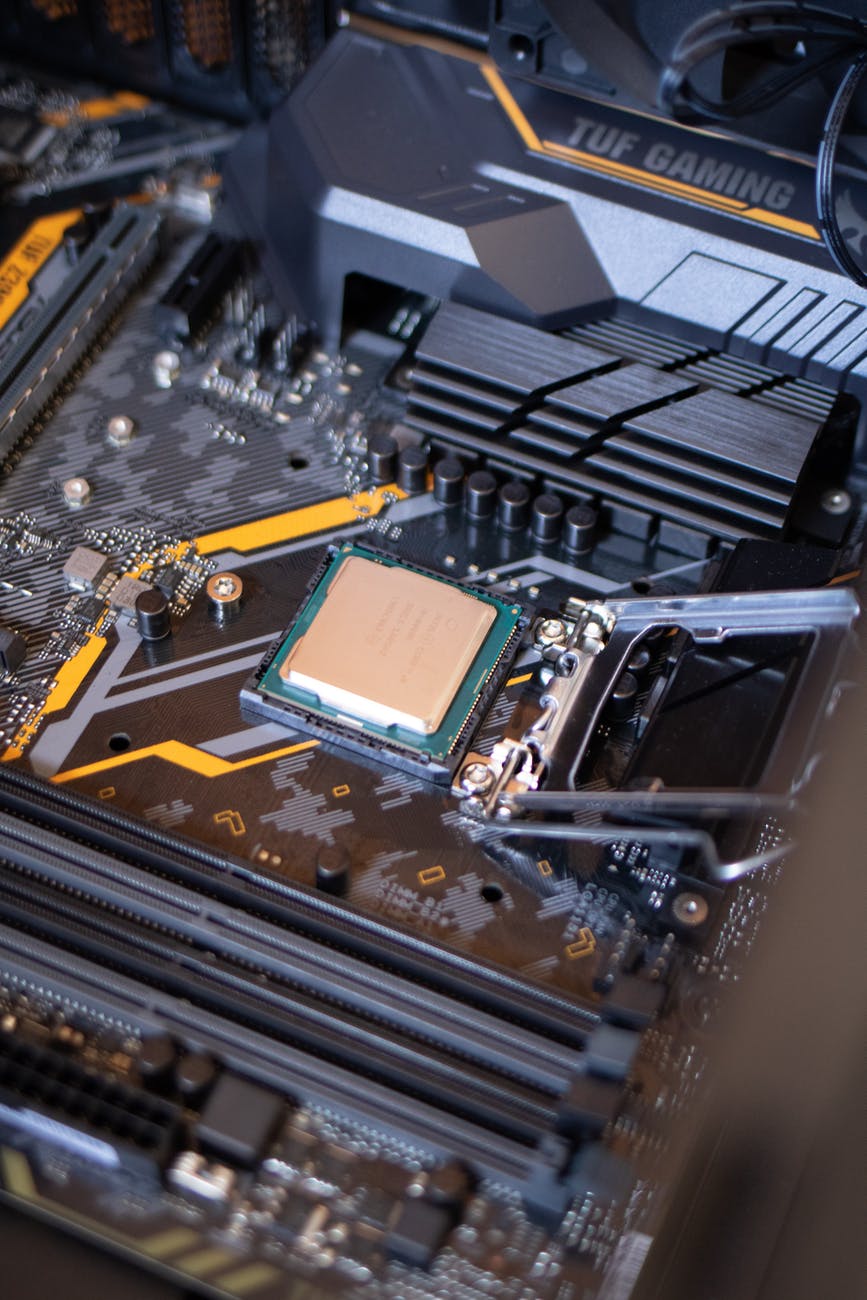Robots used in automotive manufacturing
The automotive industry is one of the most highly automated supply chains in the world. Of course, robots alone can’t manufacture vehicles, but you can find them in every step of the process.
Welding
Every car needs a large amount of welding, so it makes sense to automate these steps where possible in manufacture. Welding is a hazardous job, with extreme temperatures, chemicals and weld flash. Taking the human element away from this will not only benefit manufacturers, but will also keep workers safe.
Welding is a job that requires a high degree of accuracy so repeatable, high accuracy welds without human error are also desirable. As the industry progresses and lighter cars are required, and tighter welds that are only possible because of robots.
Painting, coating and sealing
Similarly with welding, painting cars is a job that releases toxic flames and puts workers undertaking it at risk. It also allows the painting to be inhumanly even and perfectly distributed. The same robots can often prime and seal a car body too.
Internal logistics
Just in case you weren’t aware, cars are pretty heavy. Robotics keep the assembly line going by moving heavy loads between stages.
Additionally transporting incoming and outgoing goods can be optimised by swapping the usual manually-operated forklifts for autonomous mobile robots (AMRs). These AMRs can navigate without help to different areas of a facility depending on their cargo. They can also easily deal with awkwardly-shaped objects where a forklift may not.
Assembly
Just as with larger components, smaller car parts can also be assembled by robots. With components like motors that are potentially too small for human hands, automation can be useful.
There are plenty of other areas in the car manufacturing process that are improved with automation. These include removal of material, fixing other machines and dealing with molten metal.
They are not alone
Robots cannot function without human counterparts. The machines need to be programmed, controlled and maintained by staff. So, instead of robots replacing workers, workers and robots have to work together to successfully run a manufacturing facility.
Supplied for you
Lantek can provide a substantial range of electronic components, and we’re experts at sourcing hard-to-find components when others cannot. If you’re looking for components, whether they’re obsolete or day-to-day, choose Lantek as your supplier. Contact us now on 1-973-579-8100, or send us an email at sales@lantekcorp.com.
Disclaimer: This blog is purely for informational purposes and is not instructional.





